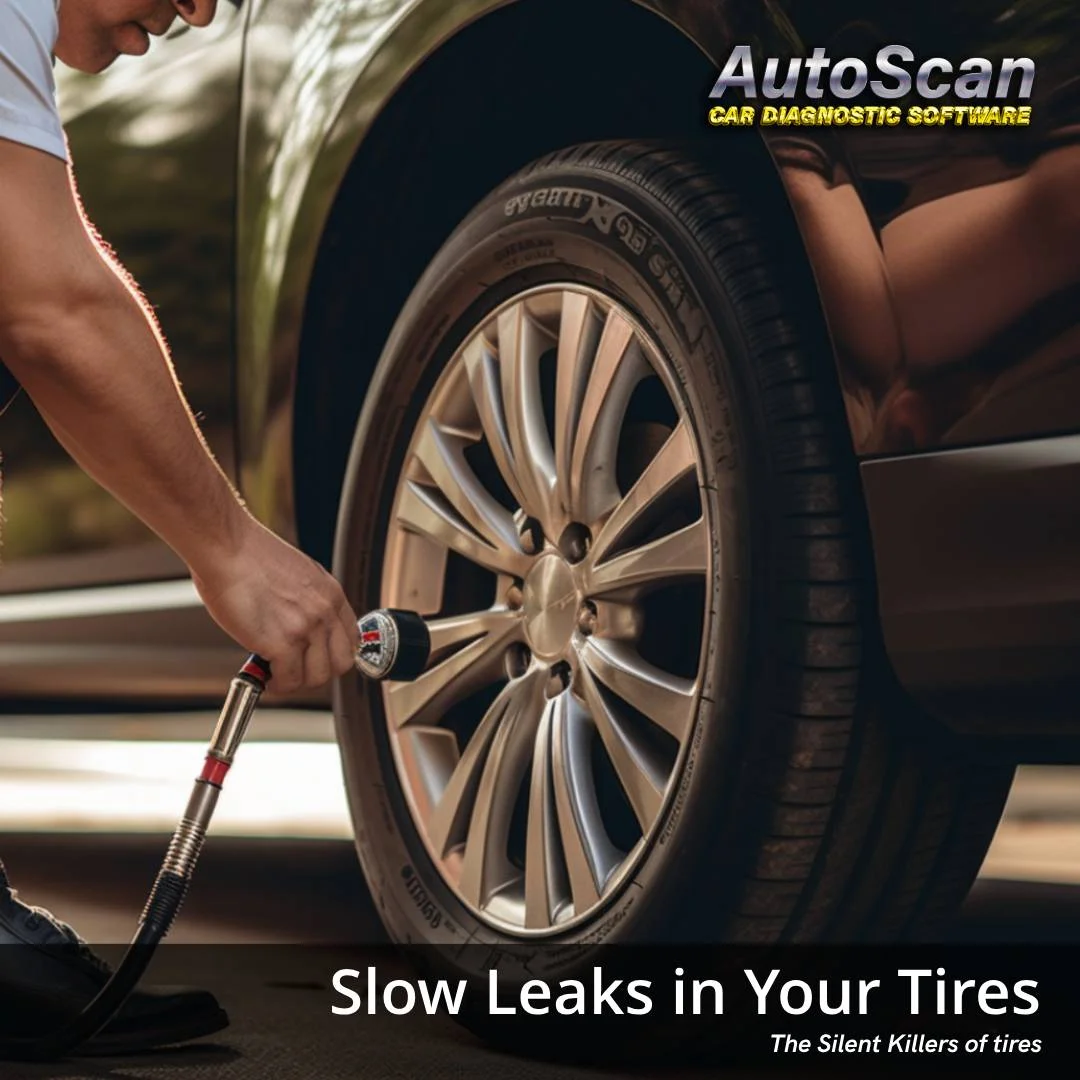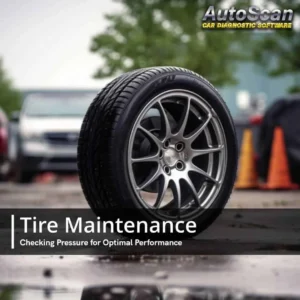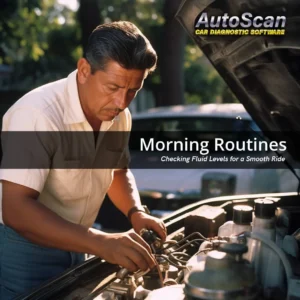🌅 Silent Killers: Slow Leaks in Your Tires 🚗🌬️
There’s an unseen threat lurking within many vehicles, often going unnoticed until it’s too late. Slow tire leaks, though seemingly harmless, can have a profound impact on your car’s performance and, more importantly, your safety. While a sudden flat tire can be immediately addressed, it’s the slow, insidious leaks that can truly compromise fuel efficiency, tire lifespan, and safety.
1. Check for Punctures or Lodged Objects
It’s quite common for sharp objects like nails or shards of glass to get embedded in tires. Sometimes, they don’t cause an immediate flat but result in a slow release of air over time. Regularly inspecting the tire surface can help you spot these culprits.
2. Inspect Valve Stems for Damage
Valve stems, though small, play a critical role in maintaining tire pressure. A damaged or corroded valve stem can be the source of a slow leak. Make it a habit to inspect them and ensure they are fitted with caps to keep out dirt and debris.
3. Use Soapy Water to Spot Tiny Air Bubbles (Indicating Leaks)
A practical and straightforward trick to identify slow leaks is the soapy water test. By spraying or brushing soapy water onto the tire’s surface, any escaping air will form bubbles, pinpointing the leak’s location.
4. Monitor Tire Pressure Regularly
Investing in a quality tire pressure gauge and checking your tires bi-weekly can help detect any slow reduction in pressure. Remember, even if the leak is slow, consistent driving with low pressure can damage the tire and affect the car’s handling.
Conclusion
Don’t let slow leaks deflate your driving experience. A proactive approach to tire maintenance not only ensures a smoother ride but also fortifies your safety on the road. Stay vigilant, stay safe, and ensure those silent killers don’t catch you off guard.





